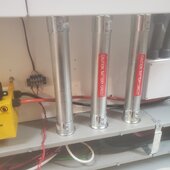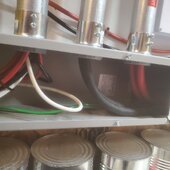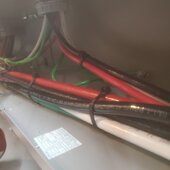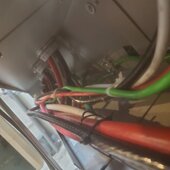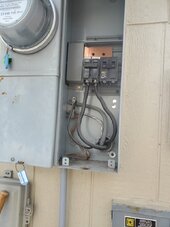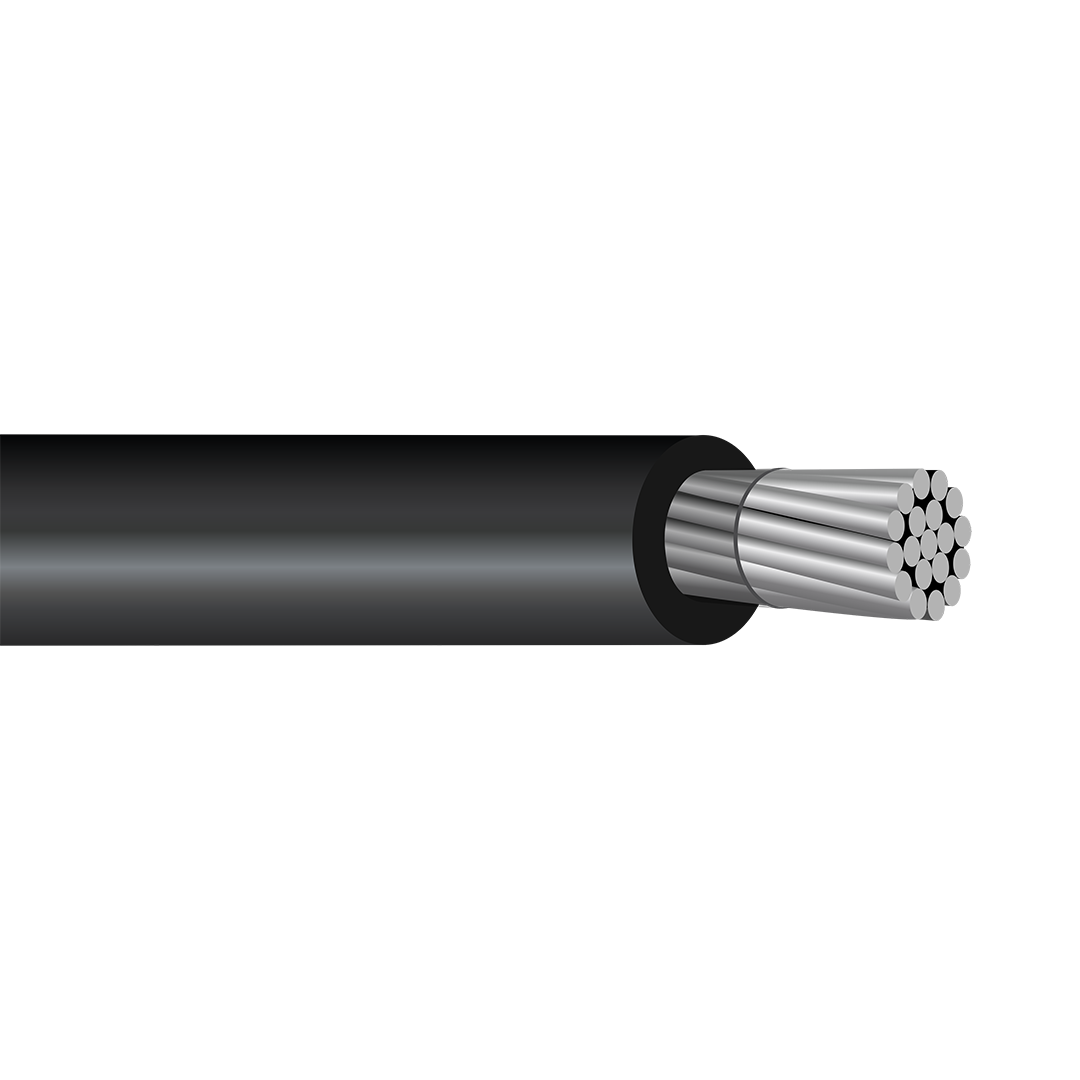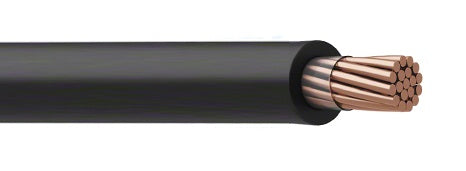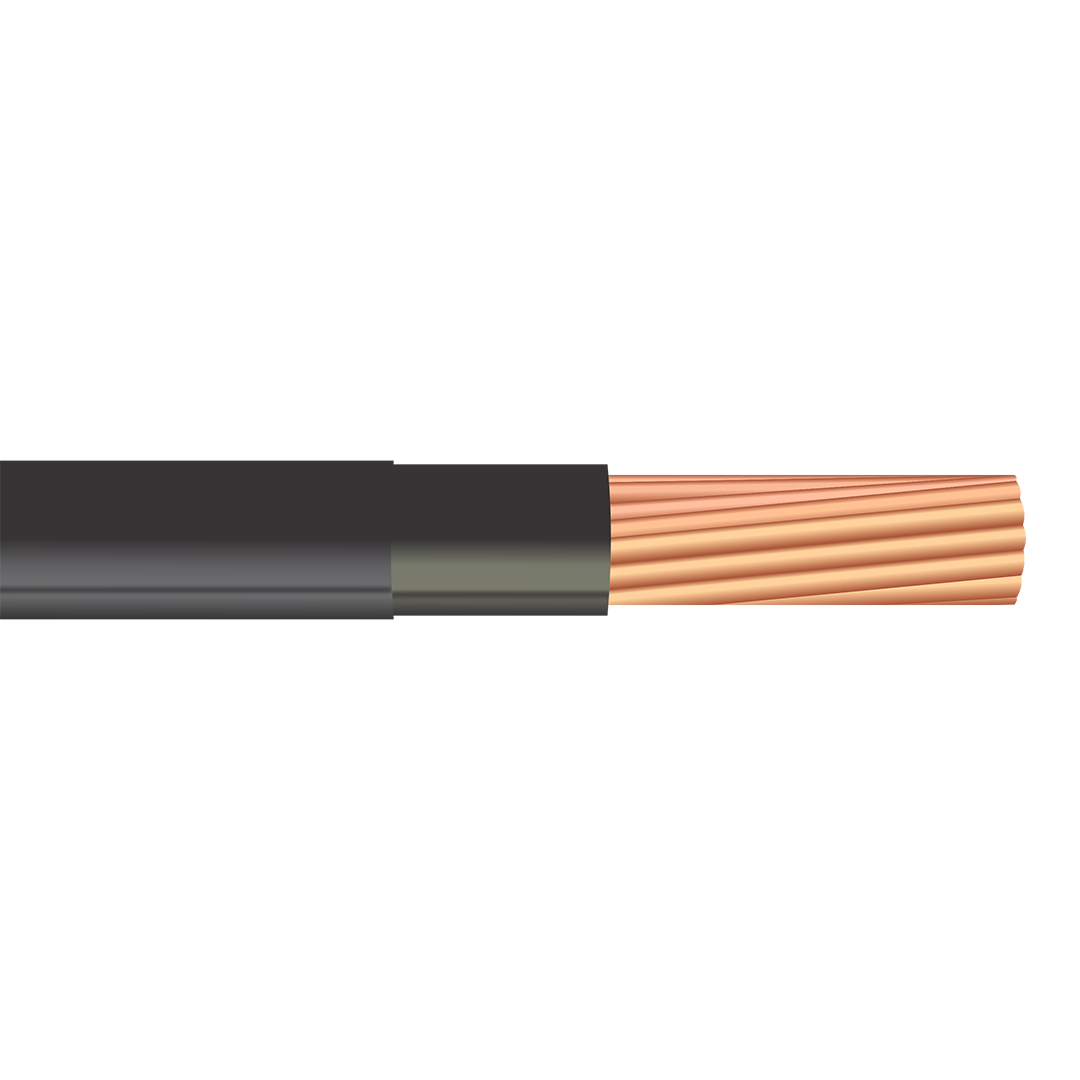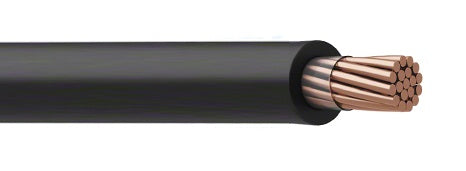Hedges
I See Electromagnetic Fields!
- Joined
- Mar 28, 2020
- Messages
- 20,682
$500 for 5kWh of lithium (polymer?) cells assembled (used). Then you add BMS.
Cheapest LiFePO4 server rack around $1200 for same capacity (new).
I would have expected deeper discount for second life cells.
What is the weight?
I may have an interest in the higher power/weight ratio of such cells. I've bought 3x 5kW Sunny Boy Storage, which operate from 100V to 500V. Don't know the comms protocol. I'd like to put a lighter battery in the trunk of a vehicle and have the inverter charge/discharge interacting with my grid-backup system. And provide convenience outlet on the go. (or if I had an EV/hybrid, tap into its battery to do the same.)
Cheapest LiFePO4 server rack around $1200 for same capacity (new).
I would have expected deeper discount for second life cells.
What is the weight?
I may have an interest in the higher power/weight ratio of such cells. I've bought 3x 5kW Sunny Boy Storage, which operate from 100V to 500V. Don't know the comms protocol. I'd like to put a lighter battery in the trunk of a vehicle and have the inverter charge/discharge interacting with my grid-backup system. And provide convenience outlet on the go. (or if I had an EV/hybrid, tap into its battery to do the same.)



